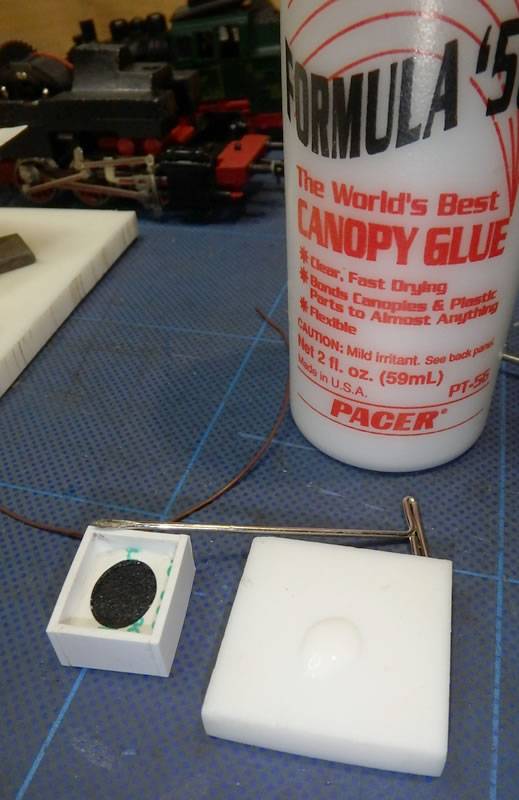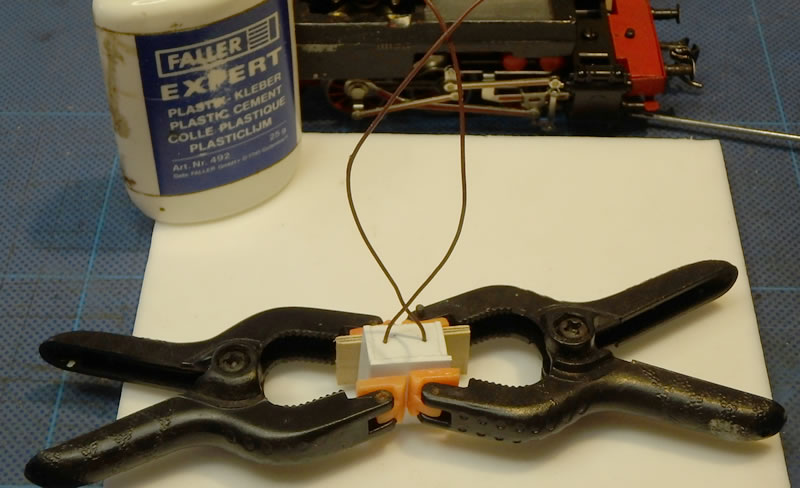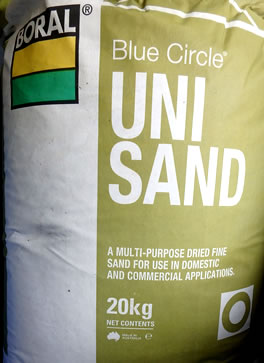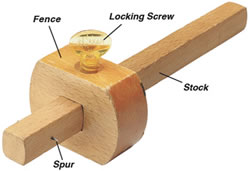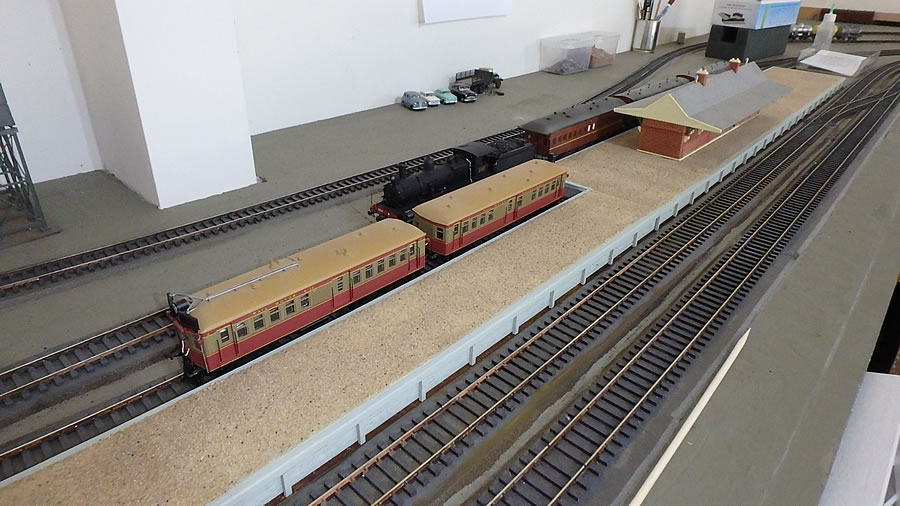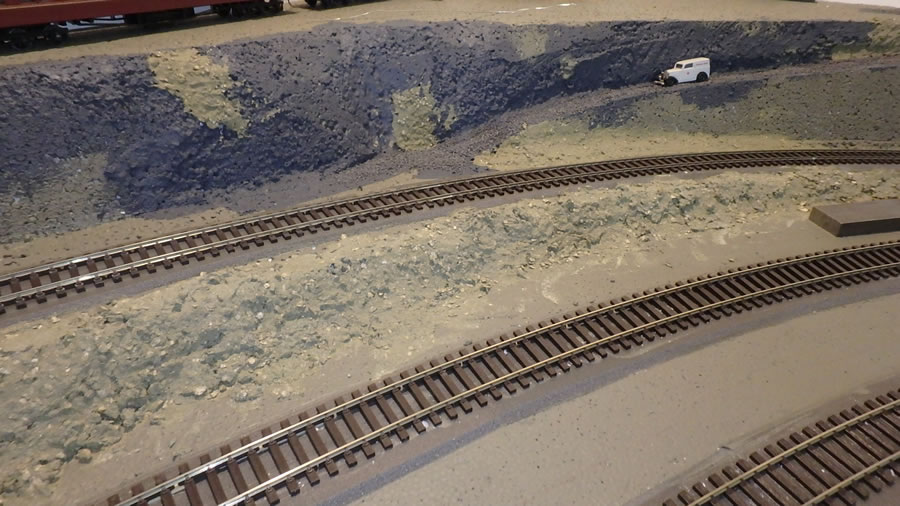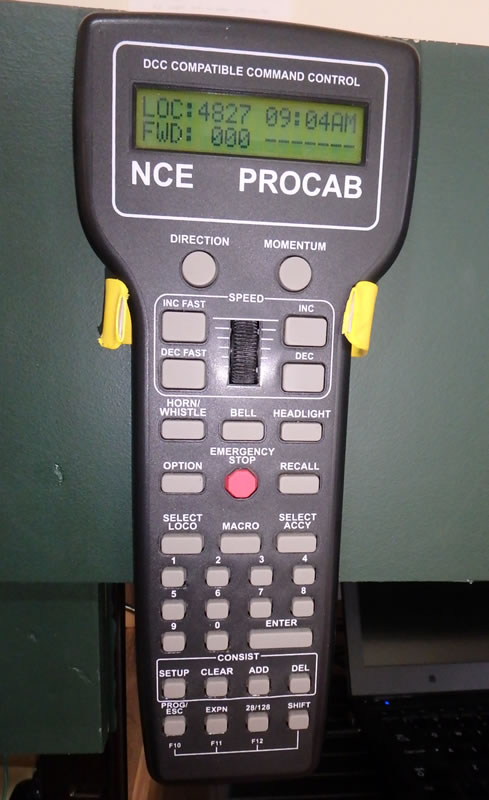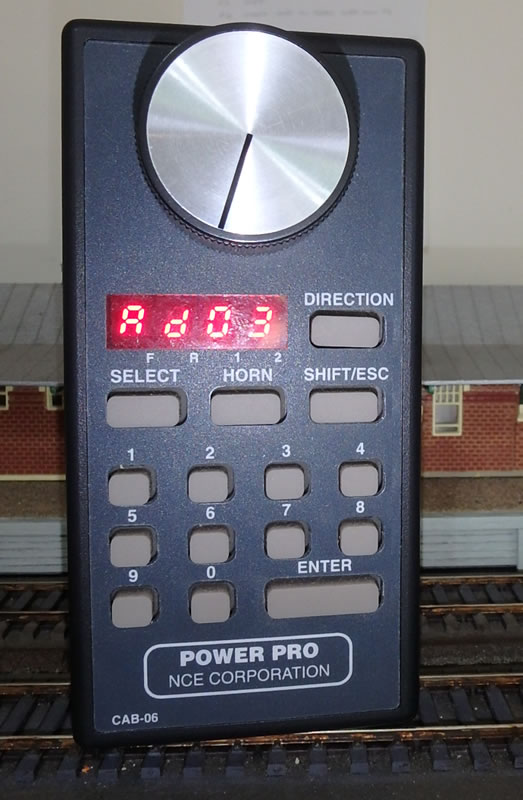Various Bits and Pieces 1 Rick Fletcher - NSW Australia |
Updated 18 Jan 2017 (edit 21 March 2017)
|
||
|
||
|
||
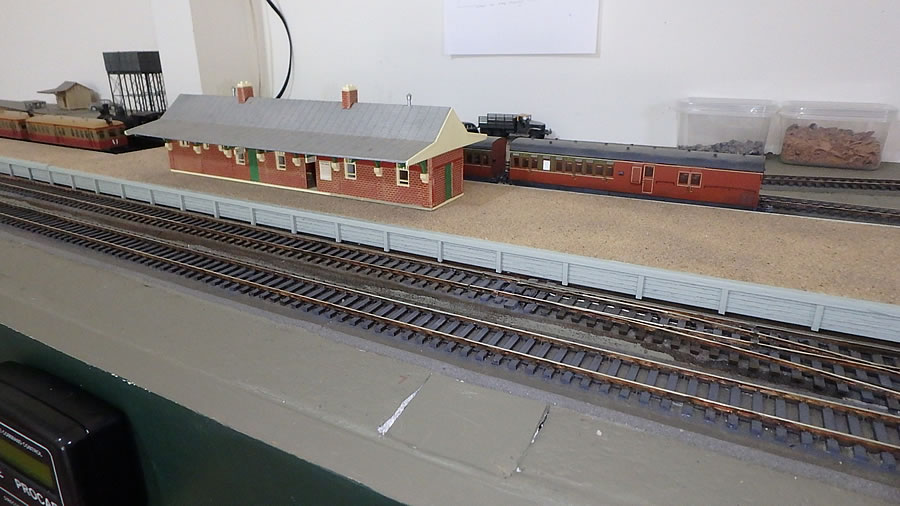 Please ignore the crappy station building (the Bergs kit is not crappy but I built it 100 years ago and could have done a lot better!). The platform surface is the result of a bit of experimentation. The final product selected was Uni Sand which is a very fine sieved sand used in laying pavers. The 20kg bag should last a coupleof lifetimes. I ran it through a very fine sieve to further refine it.
in the solid maple platform with a woodworkers marking gauge (shown above) to simulate the timbers one above the other. Similarly the timber edging at the top was scribed with the same gauge. The whole lot then painted gray and weathered (yet to be done). |
||
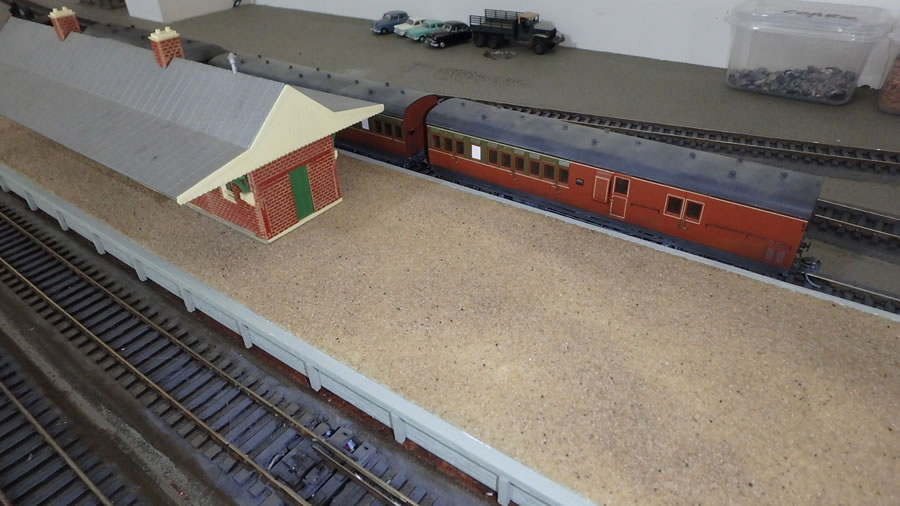 The edge timber was masked off and the top surface painted with dilute PVA glue. Sift on some sand using something like a tea strainer as uniformly as possible then add some very dilute PVA (30% glue, 70% water and a few drops of detergent as a wetting agent) by using a pipette. Just like laying ballast. |
||
|
||
|
||
 NCE DCC equipment as used on "Brolgan Road". Power supply to the left and Command Station to the right. |
||
|
||
|
||
